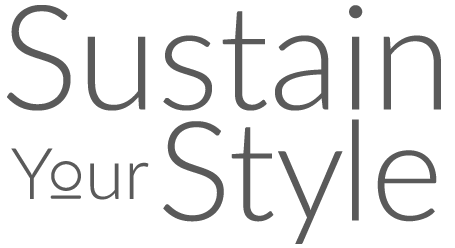Environmental concerns are growing day by day, and in all this fuss, the need for change and leading a sustainable lifestyle is more pressing than ever. Living sustainably simply means you live in a way that doesn’t harm your surrounding environment or cause the lowest possible impact.
However, remember that all of it goes beyond simply recycling or using energy-efficient appliances; it is a mindset and a commitment to making conscious choices that have a positive impact on the planet, society, and ourselves.
To make you realize the exclusive advantages of sustainable living, we have compiled this simple guide. So, keep reading to find out some of these life changing advantages.
Environmental Preservation
You know we have been witnessing the alarming consequences of climate change and the depletion of natural resources. In these situations, it becomes increasingly clear that we must take action to protect our planet and ultimately save the lives of future generations.
By embracing sustainable practices, we can significantly reduce our carbon footprint and minimize our impact on the environment. Conserving energy through efficient technologies, adopting renewable energy sources, and practicing mindful consumption can all contribute to lesser greenhouse gas emissions and combating climate change.
Additionally, when you reduce water consumption, recycle, and properly dispose of waste, you are actually helping to preserve your precious natural resources and prevent pollution in the environment. In short, every sustainable action you take adds to something significant for the betterment of the environment.
2. Cost Savings
Embracing sustainable practices allows us to be mindful of our resource consumption, which eventually leads to financial empowerment and a more secure future. By following some basic sustainable living ideas, like turning off lights when not in use or utilizing energy-efficient appliances, you can reduce your utility bills significantly.
Other changes like adjusting the thermostat, insulating your homes, and embracing natural lighting can make a remarkable difference in your energy expenses in the long run. Moreover, there are sustainable transportation options, too, such as walking, cycling, or using public transit.
These options not only reduce our carbon footprint but also saves us money on fuel, parking, and vehicle maintenance.
3. Improved Health and Wellbeing
For those of you who don’t know, sustainable living often promotes healthier lifestyles. For example, when you are adopting a plant-based or vegetarian diet, you are actually reducing the environmental impact of meat production, which can lead to better personal health outcomes.
Eating organic and locally sourced food can enhance the nutritional value of your diet. Sustainable transportation options like walking, cycling, or using public transit can contribute to a more active lifestyle, reducing sedentary behavior and associated health risks.
4. Enhanced Quality of Life
When you are prioritizing sustainability, you actually shift your focus from material possessions to experiences, connections, and overall well-being. This ultimately encourages you to reconnect with nature and spend more time outdoors.
Whether it's hiking through lush forests, gardening in our backyard, or simply enjoying a picnic in the park, immersing ourselves in the natural world enhances our physical and mental well-being. Studies have shown that spending time in nature reduces stress, boosts mood, and increases overall happiness.
Moreover, sustainable living promotes mindfulness and intentional living. This mindfulness allows us to appreciate the little things, find joy in simplicity, and cultivate gratitude for what we have.
5. Conservation of Natural Resources
As a responsible human being of the planet, it is crucial that you minimize our impact on the Earth's finite resources. When you adopt sustainable practices such as recycling, reusing, and reducing waste, you actively contribute to the conservation of resources.
Recycling paper, plastic, and metal helps to reduce the need for raw material extraction and manufacturing processes that consume energy and deplete natural resources.
Also, opting for reusable items, such as water bottles and shopping bags, reduces the demand for single-use products and minimizes waste generation. You are also preserving natural resources by choosing energy-efficient appliances and practicing energy conservation.
Remember, these things are not only reducing your carbon footprint but also conserving valuable energy resources. By using renewable energy sources like solar or wind power, you can decrease reliance on fossil fuels, preserving them for future generations.
6. Personal Fulfillment
Well, this is something above any other benefit. When you align your actions with your values and make conscious choices, you experience a deep sense of purpose and satisfaction. Living sustainably also allows you to prioritize what truly matters in life.
By reducing your consumption, adopting sustainable fashion, and focusing on experiences rather than material possessions, you free yourself from the curse of getting more and more in life. This shift in mindset leads to greater contentment and a sense of abundance in our lives.
When you are living sustainably, you get to connect with nature and appreciate its beauty. This, in turn, enhances your well-being and enriches your soul, thereby providing you with personal fulfillment.














































